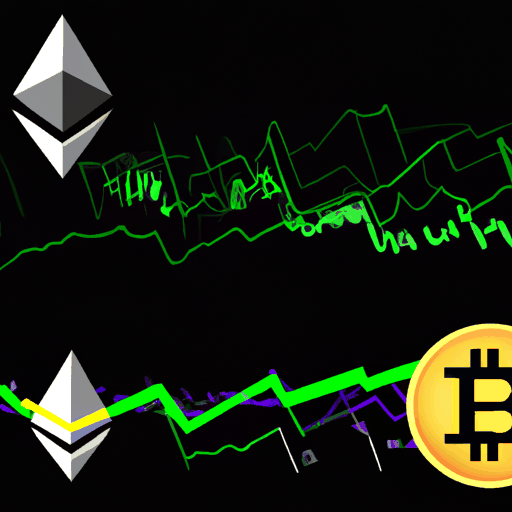
Bitcoin's Resurgence to $116K Signals Momentum Shift Amidst Macro Trends
By: Isha Das
The cryptocurrency market has kicked off the week with a significant upswing, largely influenced by a convergence of favorable macroeconomic factors. Bitcoin, the biggest cryptocurrency by market cap, surged to an intraday high surpassing $116,000 after a period of stagnation, marking its highest level in recent weeks. The surge comes amidst expectations of a softer stance from the Federal Reserve and potential advancements in US-China trade negotiations, which have spurred renewed interest and capital flow into the crypto market.
Ethereum followed Bitcoin's trajectory, approaching the $4,200 mark, while other notable digital assets like Solana, Binance Coin (BNB), Cardano, and Chainlink also experienced significant upticks, as reported by multiple data tracking sites. This synchronized upward trend suggests a revitalization of momentum after a series of consolidations among major altcoins. Analysts attribute this rally not just to external economic conditions but point to on-chain indicators that hint at a shift in market sentiment.
For the first time since early October, cumulative volume delta (CVD) from both spot and futures markets have stabilized, indicating a halt in aggressive selling pressures that had persisted for weeks. Even as funding rates hover below the neutral mark, suggesting traders are cautious about over-leveraging on the upward movement. The recent bounce also triggered a wave of short covering, with data indicating approximately $365 million in short positions were liquidated, highlighting a massive turnover in market positions.
On a macro level, the easing of market tensions, coupled with the potential for U.S.-China trade agreements and a dovish Federal Reserve outlook, have played a pivotal role in bolstering Bitcoin's position. This macro backdrop, however, also suggests that the current rally is highly contingent on the continuation of these favorable headlines. Should there be any reversal in policy or economic undertakings, the gains could quickly unravel. Institutional investors, notably ETFs, have been instrumental in maintaining this upward path by absorbing selling pressure and facilitating a more stable market environment, yet the structural vulnerabilities due to options and futures positioning remain an area of concern.



